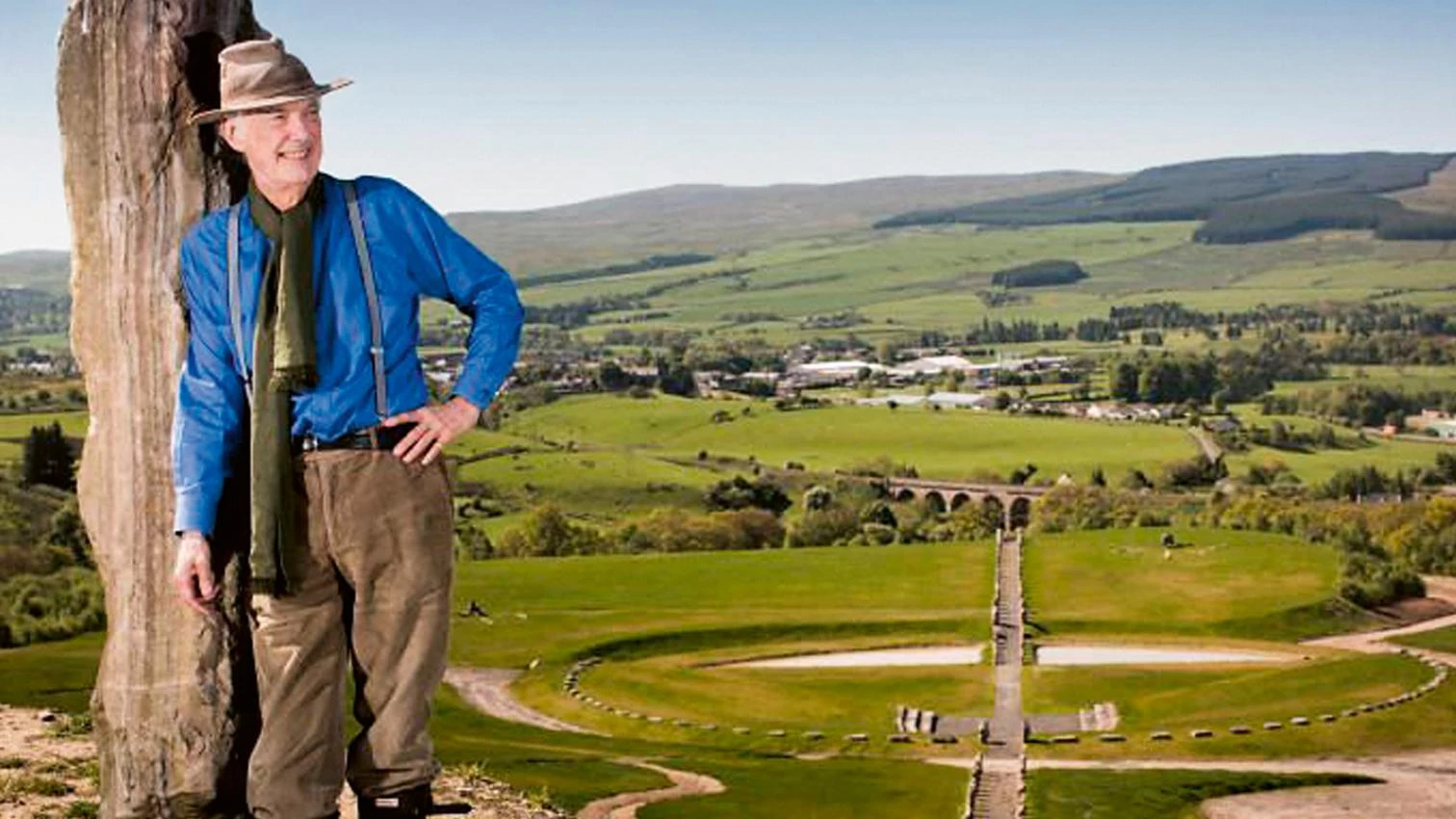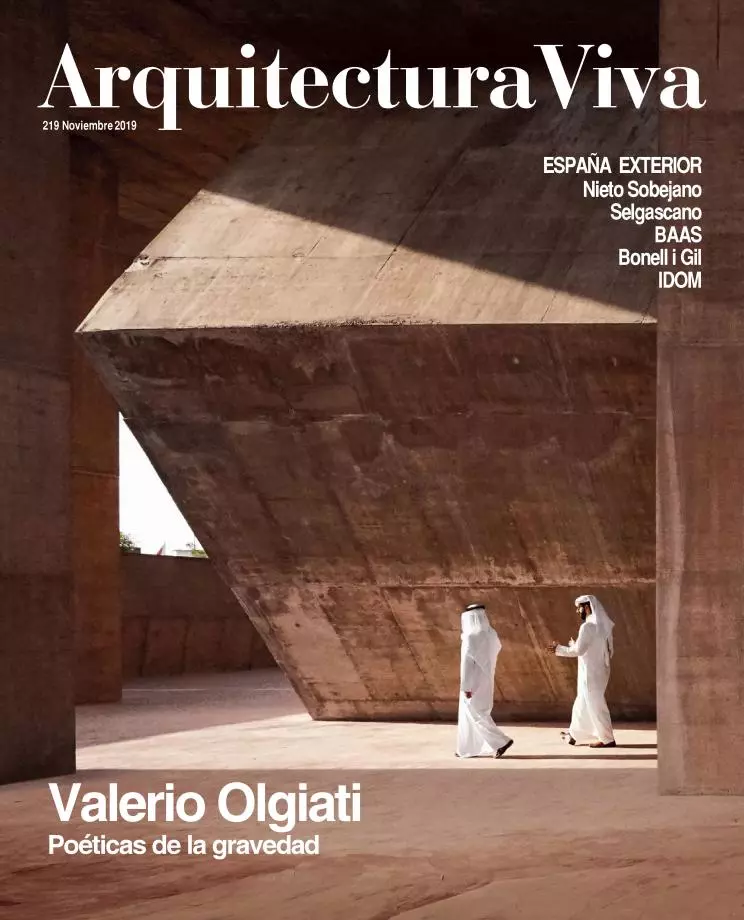
Before becoming the most eloquent propagandist of postmodern architecture, Charles Jencks was a sharp and heretic historian of modernity. The architect and critic passed away on 13 October, leaving behind him 30 books, some gardens, and the exemplary Maggie’s Centres, small pavilions for cancer patients designed by leading contemporary architects. Inevitably associated with postmodern classicism, to which he devoted many of his publications and which was the inspiration for the playful forms of his manifesto-house in London, Jencks nevertheless used a dreamlike geometric abstraction in the landscapes and gardens he called ‘cosmic,’ and was highly eclectic in the commissions for the pavilions named after his second wife, the artist and expert on Chinese gardens Maggie Keswick, who died of cancer and is now remembered through buildings by Zaha Hadid, Norman Foster, Frank Gehry, Rem Koolhaas, Richard Rogers, Benedetta Tagliabue, and more.
Baltimore-born and Harvard-educated, he settled in the United Kingdom after writing his dissertation in London under Reyner Banham, a work that gave rise in 1973 to Modern Movements in Architecture, a view of the 20th century whose plural title captures the openness of his approach and which without a doubt is his best book. Much owing to the influence of Hannah Arendt and Karl Popper, both of whom are often quoted, it censures the restrictive dogmatism of tectonic functionalism or of the geometric Platonism of architects like Mies van der Rohe, whose inconsistency is evident in the Seagram’s unresolved interior corners. When I published the work in Spanish ten years later, Jencks had the epilogue ‘Architecture and Revolution’ changed to the more inclusive ‘Late-Modern and Postmodern Architecture,’ which clearly shows how his interests had shifted from history to criticism after the formidable success of The Language of Post-Modern Architecture, launched in 1977 and expanded in successive editions with new figures and movements, in an all-inclusive carnival that had him developing complex taxonomies of -isms through ‘evolutionary tree’ diagrams. His interest in science and in ‘multiverses’ led him to interpret the works of architects like Daniel Libeskind or Peter Eisenman with rather extravagant scientific metaphors, to the point of describing the Núvol i cadira atop the Tàpies Foundation in Barcelona as an image of the superstring!
Proof of the versatility of his agenda and of his all-embracing cordiality is that I remember him introducing me in Los Angeles to Thom Mayne and other representatives of what in 1989 was the young Californian architecture; and then, almost three decades later, in 2017, attending the opening of Herzog & de Meuron’s Elbphilharmonie in Hamburg, or writing for us on Norman Foster for an AV monograph of that year: architects quite distanced from that postmodern classicism —now fortunately withered— he promoted through his books and from the pages of the AD of Andreas Papadakis. Charles Jencks’s prejudice-free curiosity and genuine liberal spirit, expressed early on in his revision of modernity, stayed alive until the end through the diversity of his elective affinities and the excellence of the architects of the Maggie’s Centres, and this generous breadth of vision is probably what this historian will mostly be remembered for.





